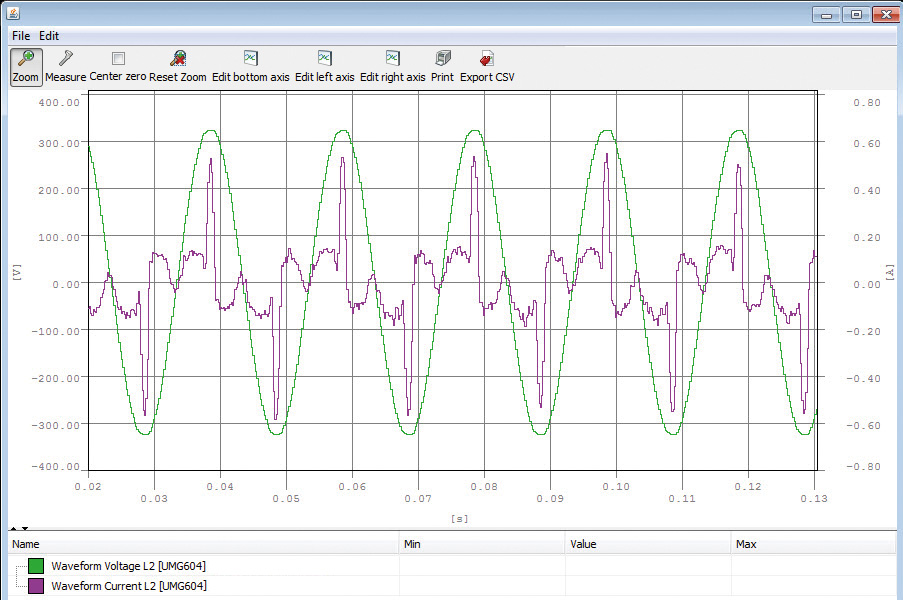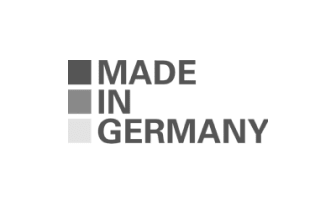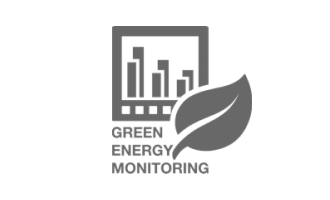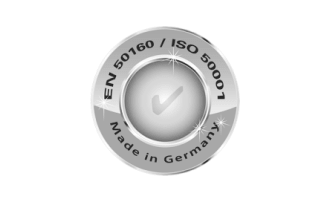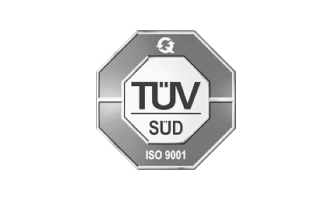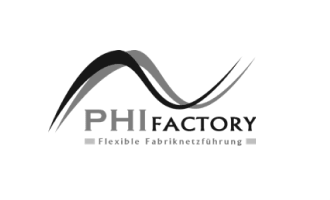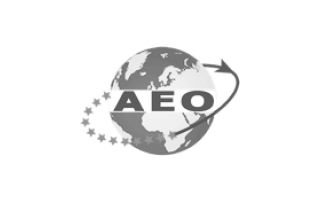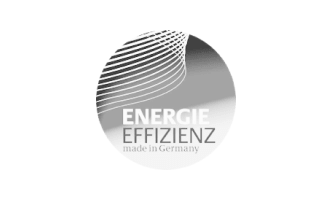In modern energy supply, a wide range of single and three-phase non-linear loads are used in facilities from industrial plants to office blocks. These include lighting equipment such as controls for headlamps or low energy bulbs, numerous frequency converters for heating, air conditioning and ventilation systems, frequency converters for automation technology or elevators as well as the entire IT infrastructure. Today, inverters are more common for photovoltaic systems (PV) and uninterruptible power supplies (UPS). All of these non-linear electrical loads can cause grid distortion represented by a distortion of the original "clean" sinusoidal form. This results in the current or voltage waveform being affected in the same way.
The reliable operation of modern plants and systems demands a dependable energy supply and strong power quality.
The load on the network infrastructure via electrical and electronic loads with grid distortion effects has increased significantly in recent years. Depending on the type of generation system and the operating equipment (mains feed with converter or generator), mains rigidity at the connection point and the relative size of the non-linear loads, varying grid distortion effects and influences arise.
